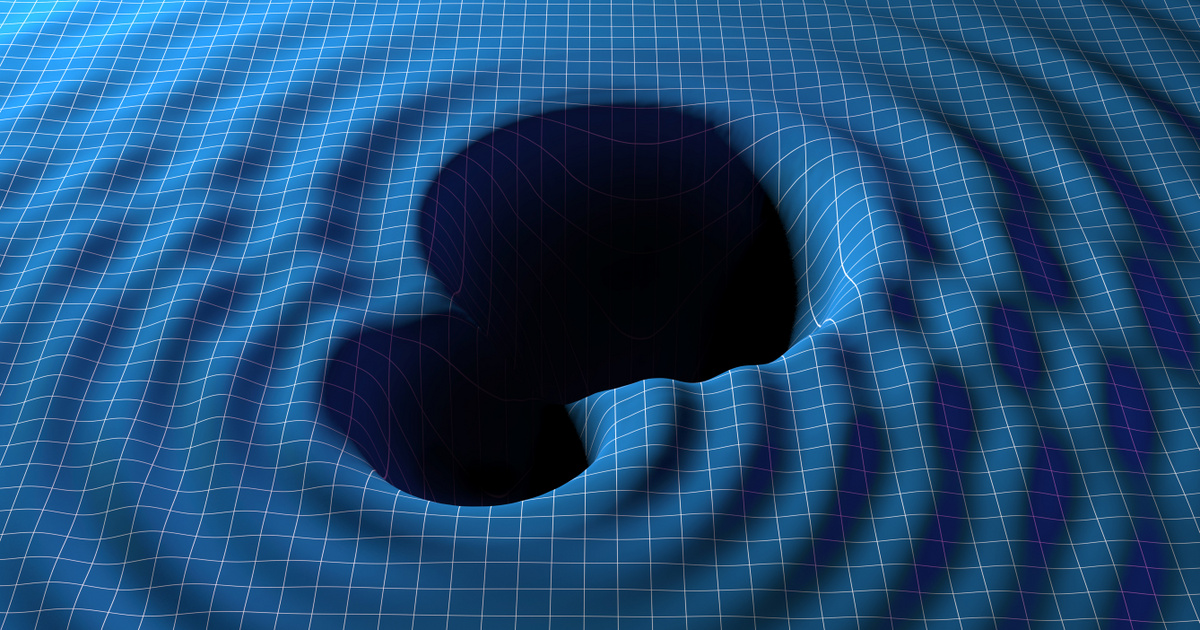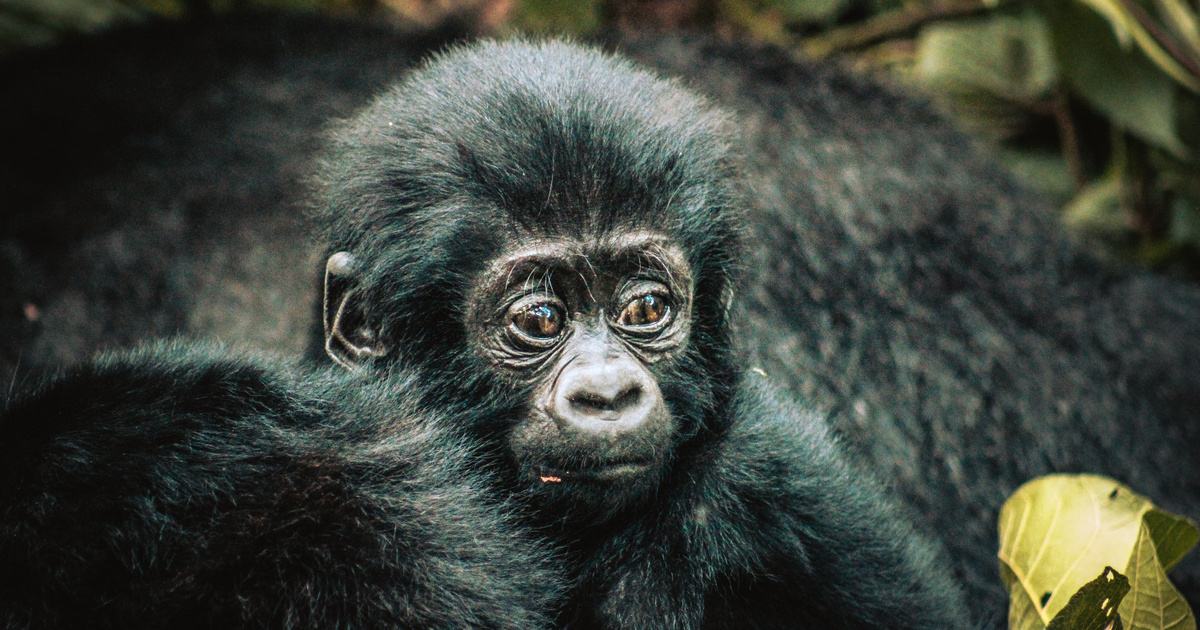Two mountain gorillas were born in Virunga National Park in the Congo. A Wilunula man who lives in the park and a female Humba family were born on November 15. Along with two baby gorillas, a total of sixteen mountain gorillas, an endangered species, have been born in the national park since January.
The mountain gorilla population has increased fivefold in the past 40 years, with individuals of this species living in three countries, the Democratic Republic of the Congo, Uganda and Rwanda. Virunga National Park estimates its number rose to 350 in the middle of the year. In 1981, only 58 mountain gorillas lived in the area, and their number increased to 131 in 2000 and 201 in 2010. In 2016, there were already 286. In November 2018, the International Conservation Union (IUCN) downgraded the species from Critically threatened to endangered species.
Despite the population increase, the park says it comes at a significant cost, and the environmental challenges that make life difficult for mountain gorillas remain formidable in the area due to high population density, poverty and political instability. Armed forces raid the area to hunt down the local population.
mountain gorilla (Gorilla beringei beringei), one of the three subspecies of eastern gorillas, lives in two regions and two groups in Central Africa, one in the Virunga Mountains in four national parks, including Virunga National Park. The number of wild mountain gorillas is estimated to be around 1,000.
Mountain gorillas have longer, darker hair than other gorilla species, so they live in areas where temperatures drop below freezing, such as the forests of the Virunga Mountains at an altitude of 2,200 to 4,300 metres. It spends more time on the ground than any other primate, and its legs look like a human. There is no hair on his face, palms or soles, and the chests of older males are bare.
(Source: Phys.org, MTI)










































